When you are looking to treat metal in order to change its colour or increase its resistance to corrosion, a surface treatment is usually in order.

Surface treatments are often used to provide the best resistance against attacks from environmental factors such as oxidisation caused by high temperatures. This post will take a look at five of the most commonly used surface treatments for metal.
For more information on the most common ways to treat metal, check out https://www.poeton.co.uk/standard-treatments/.
1. Aluminium Anodising
Anodising will give the treated metal fantastic corrosion resistance as well as increase some other functional properties, including hardness or resistance against abrasion, depending on the type of treatment employed. Different colours can be achieved when anodising by changing the type of alloy used in the treatment as well as adjusting the thickness of treatment.
There are different methods of anodising, each with different properties. Hard anodising, for example, produces a hard and non-conductive layer which is resistant to mechanical damage. On the other hand, natural anodising creates layers more suited to decorative applications. Parts to be used in aviation and for military purposes are often anodised in chromic acid.
2. Zinc Coating
Galvanised coatings using zinc as the alloy provide unparalleled corrosion protection. This zinc layer becomes passivated with either yellow or blue passivation to provide this resistance against corrosion.

3. Nickel Coating
Nickel coating is generally speaking more decorative than protective, providing a layer with high gloss and hardness. Nickel coating will not provide much protection against wear or protection.
Engineers have, however, been experimenting with zinc-nickel coatings since the 1980s, enabling coatings to get the best of both worlds with benefits against corrosion as well as the decorative finish.
4. Tinning
Tinning will provide a very glossy finish, creating a pleasing surface on copper, iron or copper alloy parts. This tin coating provides great resistance against corrosion whilst also improving the electrical conductivity as well as making it easier to solder to the parts. Tin layers are also hygienic, which makes them very popular in the food industry.
5. Blackening
Blackening is generally speaking only a decorative finish due to the thickness of the layer. When black oxidisation is used to colour steel parts, it results in a layer of between 0.5 and 0.8 micrometres (which is between 5 and 8 thousandths of a millimetre). This provides minimal protection to parts such as hunting weapons or optical components in normal use. If blackening is to be used, more preservatives should be used prior to the treatment in order to protect the parts to ensure longevity.
When selecting the surface treatment to use on your parts, it is important to make sure you are selecting the most appropriate for the final application of these parts. Given that each surface treatment has a very different outcome in terms of the way in which the materials are protected, the correct choice is vital.

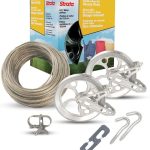
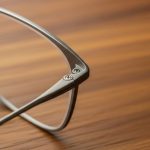






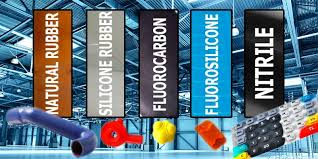


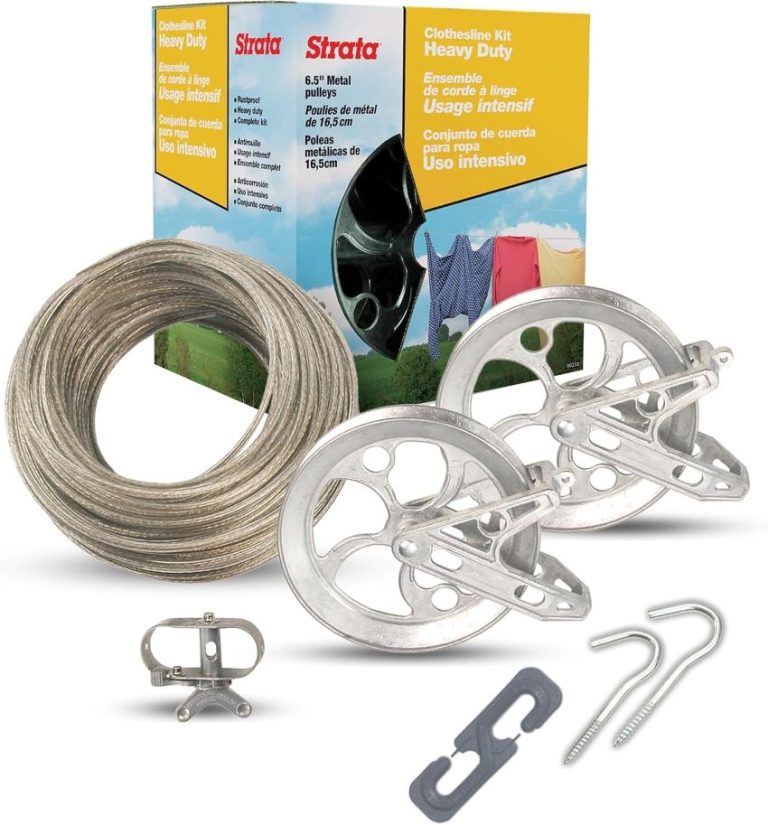
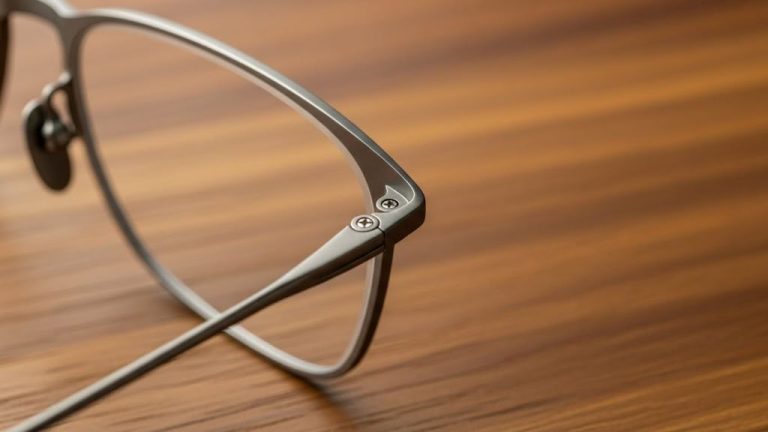
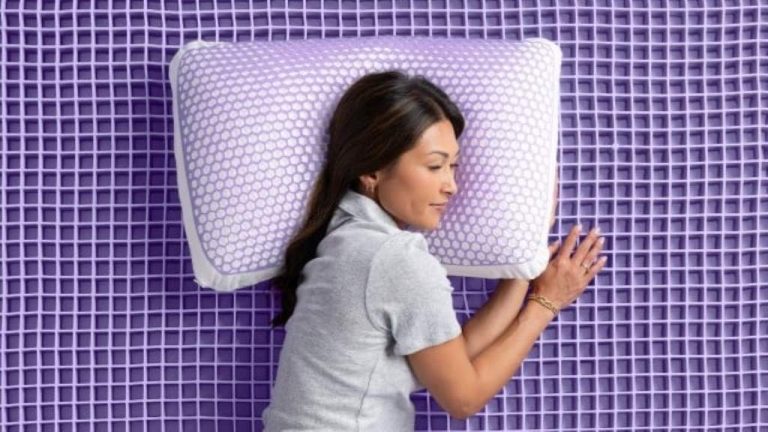
+ There are no comments
Add yours